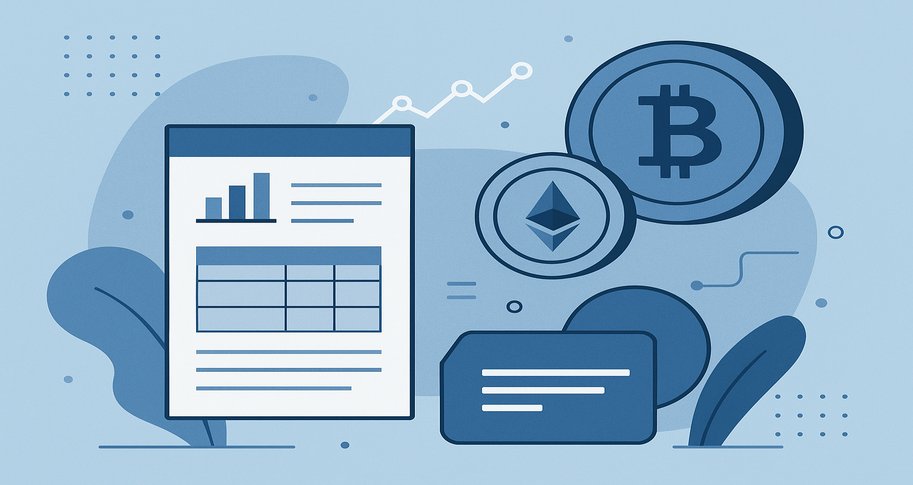
Navigating and nurturing relationships, whether personal or professional, revolves around being aware of other people’s needs, wants and desires. It is about making others feel important, helping them understand they are a priority in your life, and actively listening to their concerns. By demonstrating genuine care and attention, we can foster trust and deepen connections, which will lay the foundation for lasting bonds and open doors for opportunities in both personal and professional realms.
In the ever-changing landscape of sales, where traditional and digital modes of communication have become intertwined, the relationship between salesperson and clients has become a thing of challenges and opportunities. With 76% of customers expecting consistent interactions with their salesperson, and 80% expecting a digitally rich, experience-laden selling environment, salespeople are expected to “always be on.”
This expectation makes it increasingly difficult for a seller to manage their time and efforts between their customers, products and other sales activities. With so much to manage and so many platforms and mediums to communicate through, it is becoming increasingly difficult to avoid mistakes that might harm the buyer-seller relationship.
A recent study by Judith Anne Garretson Folse from the Walton College of Business at the University of Arkansas, Stephanie Mangus (Baylor University), Huanhuan Shi (Texas A&M University), Eli Jones (Texas A&M University), and Shrihari Sridhar (Texas A&M University) examines how sellers can build and maintain relationships with their buyers through their choice in communication medium. In “Communicating with B2B buyers after ‘Dropping the Ball’: Using digital and non-digital communication formats to recover from salesperson transgressions,” the authors investigate how these various communication formats can cushion the blow and minimize damage from salespeople when they inevitably “drop the ball.”
Understanding Transgressions: Relational vs. Sales Process
This research defines a transgression as “an act, process, or instance that violates the norms of behavior, even if unwritten, in a buyer–seller relationship without guile.” While these violations can be either intentional or unintentional, they are not done with the desire to deceive or cheat their clients. While there are many types of transgressions, for the purposes of their research, the authors of this article recognize two categories: relational and sales process transgressions.
Relational transgressions are violations of unspoken rules that guide the personal connection between buyer and seller. If a sales professional is aloof or impersonal in their communication with the customer, it could be perceived as a relational transgression. This faux pas could make the client feel as though their seller is not grateful for their business or relationship. Relational transgressions can often be just as harmful as those related to competence. If the buyer-seller relationship is not working, the buyer will likely try to find a seller who makes them feel more appreciated.
On the other hand, a sales process transgression is a perceived violation of the way sales interactions are executed, goods are exchanged, or any other tactical issues between the salesperson and customer. For example, a seller not providing requested information to the client is a great example of this type of transgression. In this scenario, the salesperson neglects a fundamental aspect of the sales process: addressing the client's informational needs promptly and comprehensively. Whether it's crucial product specifications, pricing details, or documentation requirements, the failure to deliver requested information undermines the client's trust and confidence in the salesperson's ability to fulfill their needs.
Crafting Communication Strategies
To address these transgressions effectively, salespeople must use communication strategies that are tailored to each individual context. Relational transgressions must be dealt with differently than sales transgressions. Similarly to personal relationships, each miscommunication should be handled in a way that effectively manages that situation. For example, if you gave someone the wrong reservation time for a dinner later that night, a simple text would suffice to make them aware of the change in time. On the other hand, if someone accidentally double-books, a phone call would be more fitting. This is because a mishap such as this is less about technical error and more about preserving the integrity of an interpersonal relationship.
Similarly, sales relationships need to be handled with the same thoughtfulness and consideration. When dealing with a relational transgression, synchronous formats such as face-to-face meetings, video conferences, and phone calls tend to work best. This is because social cues are vital in scenarios where feelings and relationships are involved.
In contrast, sales transgressions do not require the same level of connectedness that relational do. Asynchronous formats such as text messaging and emailing suffice for handling sales process transgression which look for swift, operational results. Non-relational issues do not require being able to see the sincerity on the other person’s face. Instead, they need to know that action is being or has been taken.
The Role of Competence and Warmth
Buyers use two traits to evaluate their salesperson: competence and warmth. These two traits represent characteristics that are pivotal in understanding how a person interacts. They provide insights into behaviors, intentions, and effectiveness in navigating social interactions. Because of this, when a customer sees their salesperson as someone who is competent and warm, they are more likely to believe that this person will be able to take care of their sales needs.
Though there are many ways in which a person can demonstrate competence, this research suggests that competence is linked largely to the ability to effectively communicate. The strategic use of different communication modes by sales professionals serves as an indicator of their ability to address concerns and issues in complex scenarios effectively, signaling competence. For example, when a salesperson commits a relational transgression and takes the time and trouble to address the problem in a face-to-face or video format, these actions evoke a sense of relationship between the buyer and seller. It also indicates that the salesperson has the emotional intelligence to understand what form of communication would best resolve that issue, signaling both competence and warmth.
Warmth also plays a crucial role in shaping the way buyers see their salesperson. Kindness, friendliness, and helpfulness are exhibited in every interaction, particularly synchronous formats. Because warmth is associated with positive relationship outcomes, salespeople must find ways to signal warmth to create a trusting relationship with their buyers. Synchronous modes of communication are particularly helpful in signaling this trait as they allow visual cues, such as facial expressions, which are vital in conveying warmth within a conversation.
Implications for Sales Practitioners
For salespeople, these insights offer valuable guidance on strategic communication and resource usage. Understanding which mode of communication to use not only impacts the relationship between buyer and seller, but it also impacts the way customers see their seller as not just a business relationship, but as an actual person.
Understanding the nuances of communication is vital for navigating the complex relationship between buyer and seller. By recognizing the importance of using the best mode of communication and conveying warmth and competence, salespeople can build communication with their customers that will help encourage a better relationship and soften the blow when mistakes inevitably occur.

 Kaslyn Tidmore is a second-year graduate student at the University of Arkansas, earning
her master’s degree in public relations and advertising. Before relocating to Arkansas,
Kaslyn graduated from the University of Oklahoma with a bachelor’s degree in print
journalism and a minor in editing and publishing. During this time, she interned with
publications such as, Parker County Today Magazine, WedLinkMedia, Modern Luxury, and
the school’s newspaper, the OU Daily. Following her role as the graduate assistant
to Editor-in-Chief Ryan Sheets, Kaslyn now serves as a GA in the Center for Media
Ethics and Literacy at the School of Journalism and Strategic Media.
Kaslyn Tidmore is a second-year graduate student at the University of Arkansas, earning
her master’s degree in public relations and advertising. Before relocating to Arkansas,
Kaslyn graduated from the University of Oklahoma with a bachelor’s degree in print
journalism and a minor in editing and publishing. During this time, she interned with
publications such as, Parker County Today Magazine, WedLinkMedia, Modern Luxury, and
the school’s newspaper, the OU Daily. Following her role as the graduate assistant
to Editor-in-Chief Ryan Sheets, Kaslyn now serves as a GA in the Center for Media
Ethics and Literacy at the School of Journalism and Strategic Media. Dr. Judith Anne Garretson Folse serves as the Chair of the Department of Marketing
in the Sam M. Walton College of Business at the University of Arkansas.
Dr. Judith Anne Garretson Folse serves as the Chair of the Department of Marketing
in the Sam M. Walton College of Business at the University of Arkansas.



